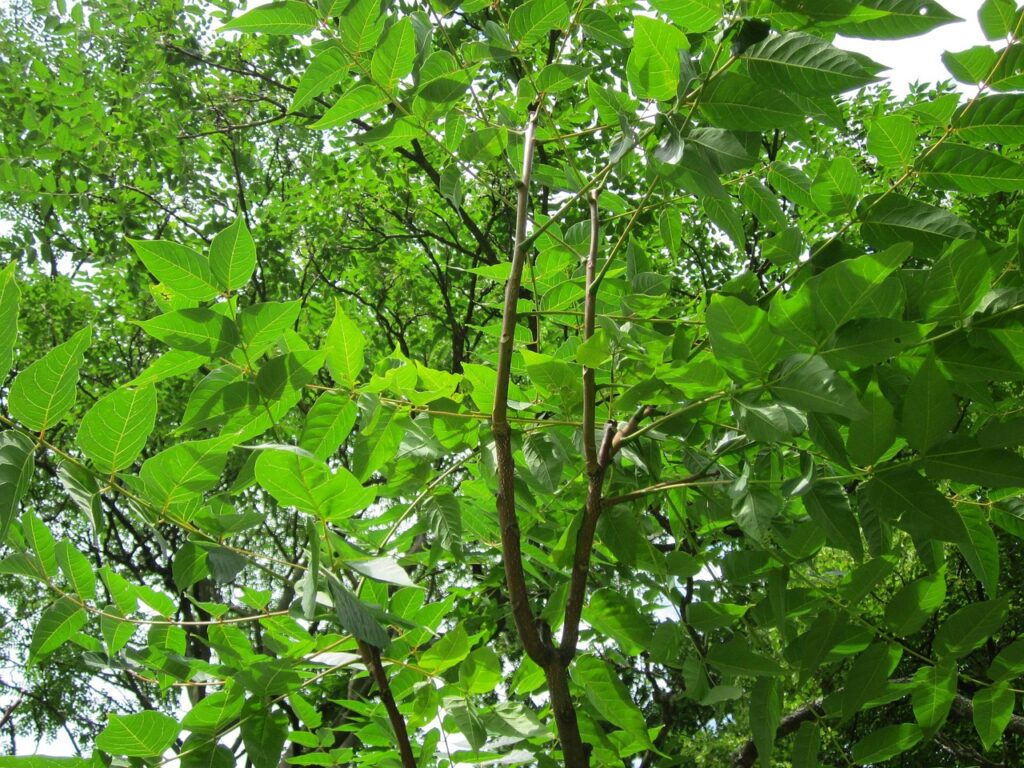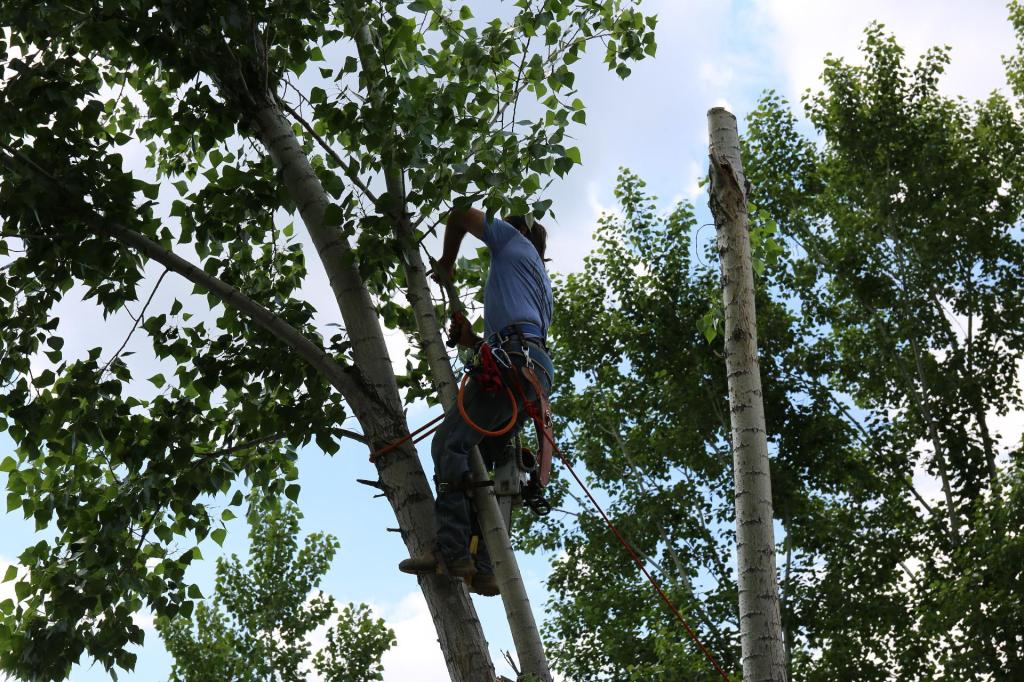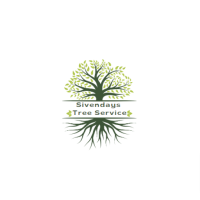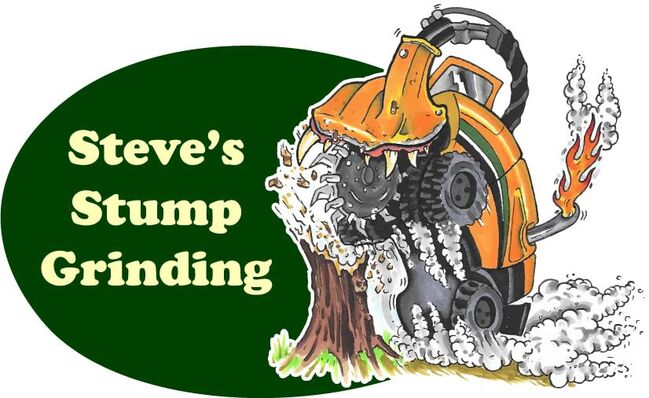The Benefits of Deep Root Fertilization for Trees
In the realm of arboriculture, trees stand as silent giants, providing us with shade, oxygen, and a scenic backdrop to our daily lives. Yet, beneath the surface, these towering entities rely on a complex network of roots to sustain their health and vitality. Just as proper nutrition is vital for our well-being, so too is it essential for trees. Deep root fertilization emerges as a crucial technique in the arsenal of tree care, offering an array of benefits that extend far beyond surface appearances.

Understanding Deep Root Fertilization
Deep root fertilization is a specialized tree care practice that involves the injection of nutrients directly into the root zone of trees. This method bypasses the limitations of surface application, ensuring that essential nutrients penetrate deep into the soil where tree roots actively absorb them. Typically, a high-pressure injection system is employed to deliver a balanced blend of nutrients, including nitrogen, phosphorus, potassium, and micronutrients, directly to the root system.
Enhanced Nutrient Absorption
One of the primary benefits of deep root fertilization is its ability to enhance nutrient absorption by trees. Traditional surface applications of fertilizer may not effectively reach the roots, especially in compacted or clay soils. By delivering nutrients directly to the root zone, deep root fertilization ensures that trees receive the essential elements they need for growth, health, and resilience.
Improved Tree Health and Growth
Healthy trees are better equipped to withstand environmental stressors such as pests, diseases, and adverse weather conditions. Deep root fertilization provides trees with a nutrient boost, stimulating root development, foliage growth, and overall vigor. As a result, trees exhibit improved resistance to diseases, faster recovery from stress, and enhanced aesthetic appeal with lush foliage and vibrant blooms.
Environmental Sustainability
Deep root fertilization offers environmental benefits by promoting healthy tree growth and longevity. Healthy trees contribute to cleaner air, reduced carbon dioxide levels, and improved soil stability. By investing in the health of trees through deep root fertilization, property owners can play a significant role in environmental conservation and sustainability efforts.
Targeted Nutrient Delivery
Unlike surface applications that may result in nutrient runoff or leaching, deep root fertilization delivers nutrients precisely where they are needed—directly to the root system. This targeted approach minimizes waste and ensures maximum utilization of nutrients by trees. Additionally, deep root fertilization can be customized to address specific nutrient deficiencies or soil conditions, providing tailored solutions for optimal tree health.
Drought Resistance
In regions prone to drought or water restrictions, deep root fertilization can help trees withstand periods of water scarcity. By promoting healthy root growth and enhancing nutrient uptake, deep root fertilization improves the drought resistance of trees, enabling them to better survive prolonged dry spells. This resilience is particularly valuable in urban environments where trees may face limited access to water resources.
Long-Term Cost Savings
While deep root fertilization requires an initial investment, its long-term benefits translate into cost savings for property owners. Healthy trees are less susceptible to pest infestations, diseases, and structural damage, reducing the need for costly interventions such as tree removal or extensive treatments. By proactively investing in tree health through deep root fertilization, property owners can avoid expensive repairs and preserve the value of their landscape investments.
Preservation of Mature Trees
Mature trees are valuable assets that contribute to the beauty and character of landscapes. However, as trees age, they may experience nutrient deficiencies, root compaction, or decline in health. Deep root fertilization offers a lifeline for mature trees by replenishing essential nutrients and rejuvenating their root systems. By preserving mature trees through deep root fertilization, property owners can extend their lifespan and continue to enjoy their aesthetic and ecological benefits for years to come.
In the intricate tapestry of nature, trees play a pivotal role in sustaining life on Earth. Deep root fertilization emerges as a key practice in nurturing the health and vitality of trees, offering a myriad of benefits that extend from the roots to the canopy. By enhancing nutrient absorption, promoting tree growth, and fostering environmental sustainability, deep root fertilization stands as a cornerstone of responsible tree care. As stewards of the environment, investing in the health of trees through deep root fertilization is not only a wise decision but also a testament to our commitment to preserving the natural world for generations to come.









